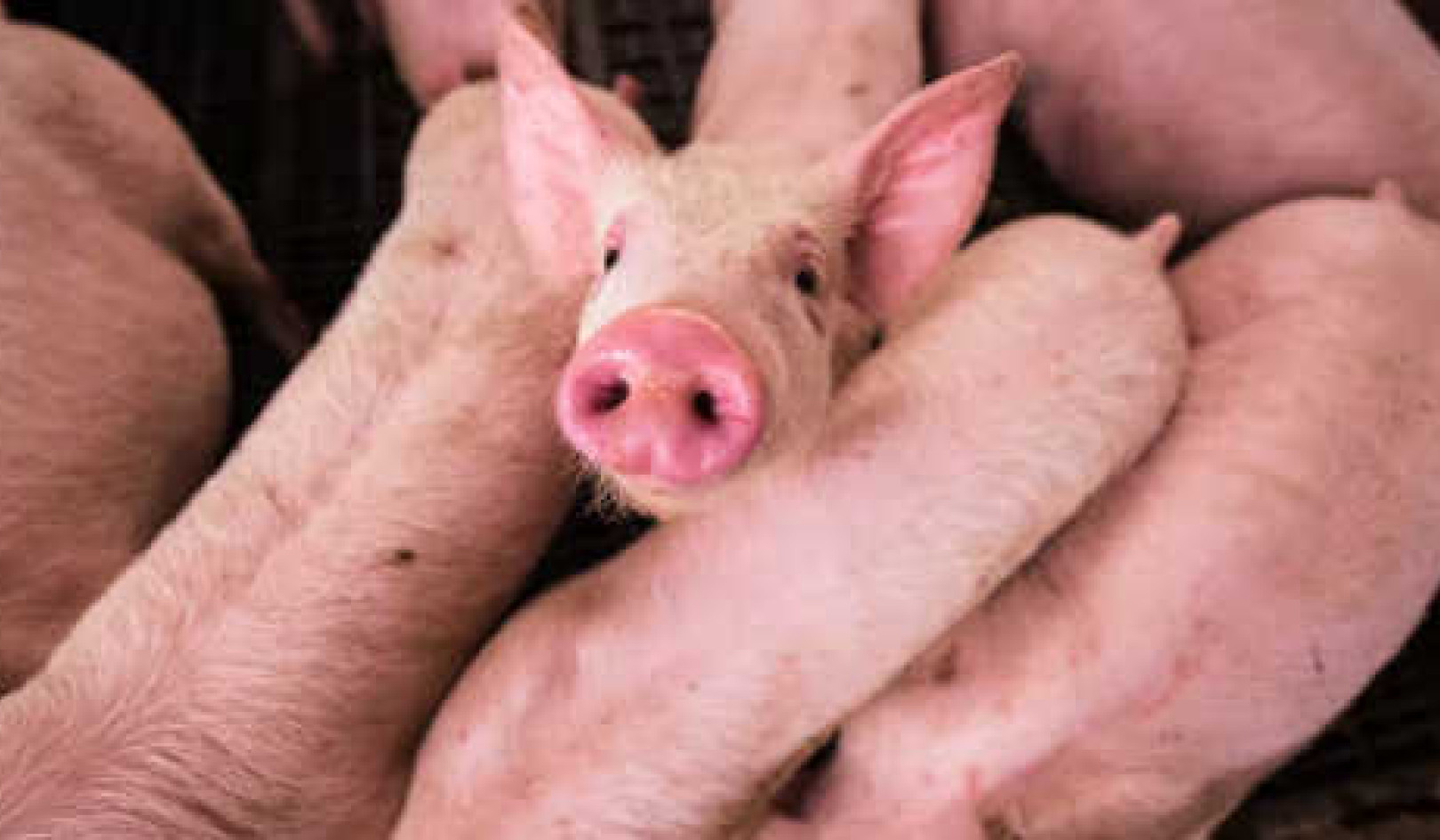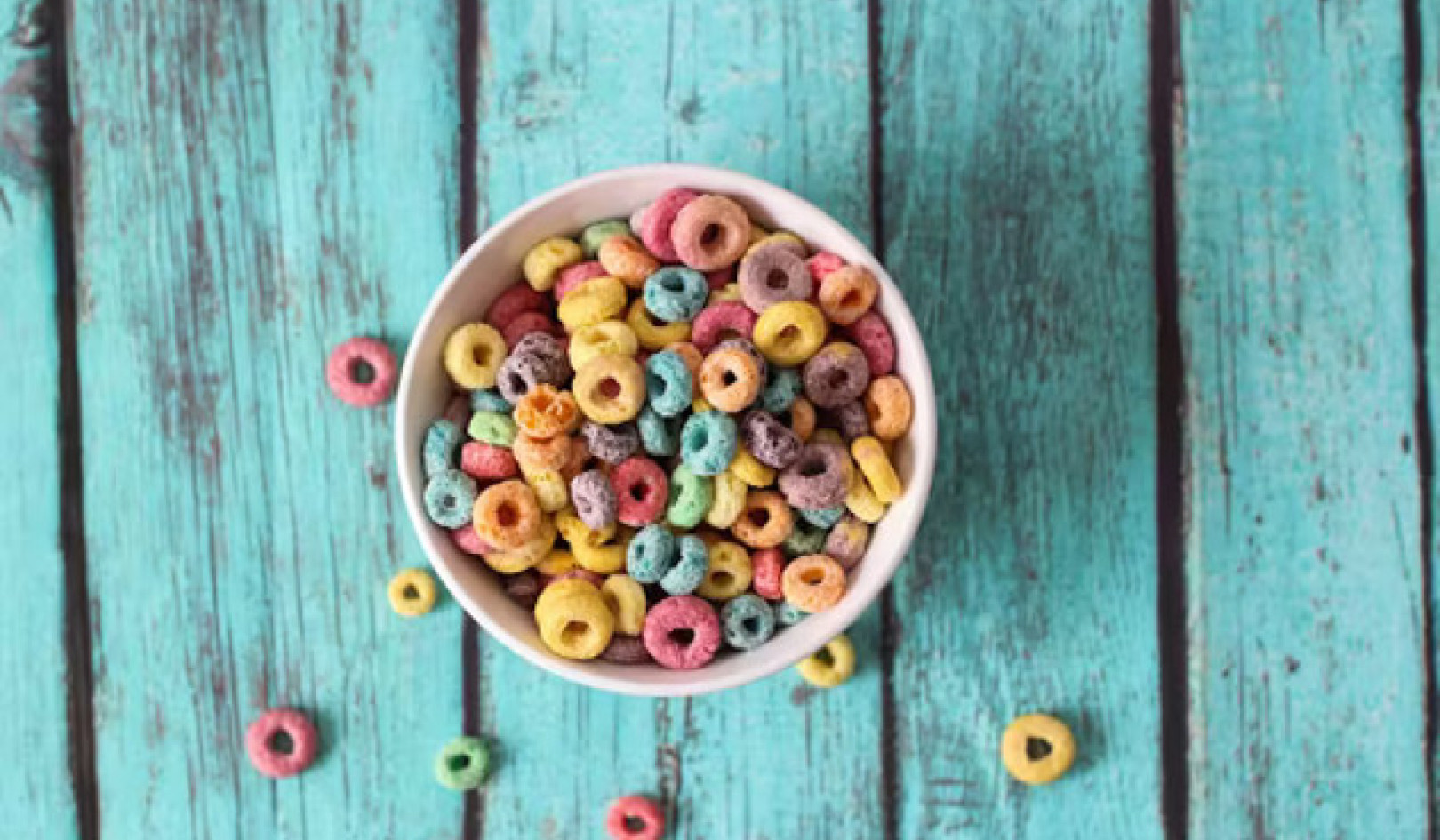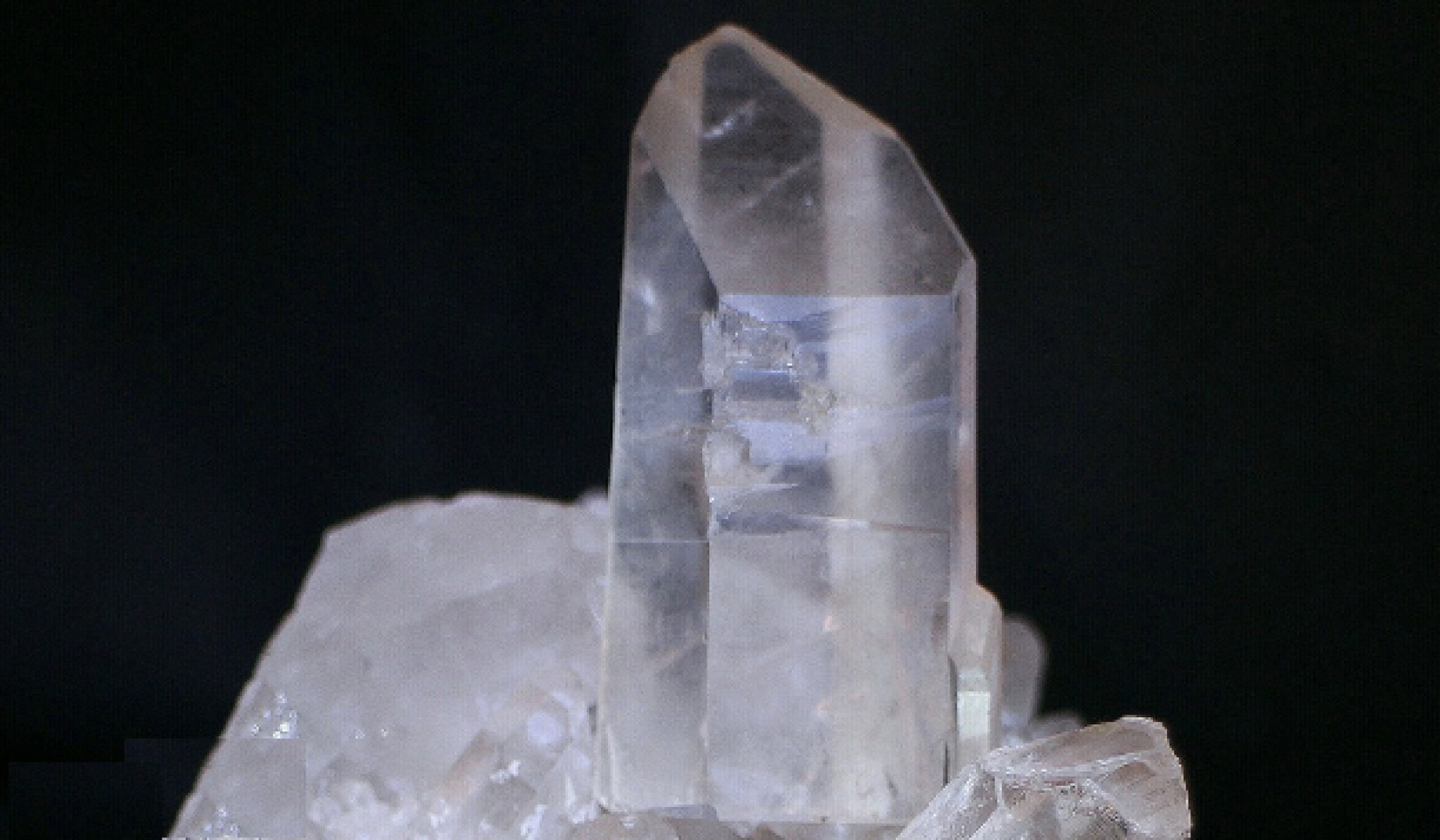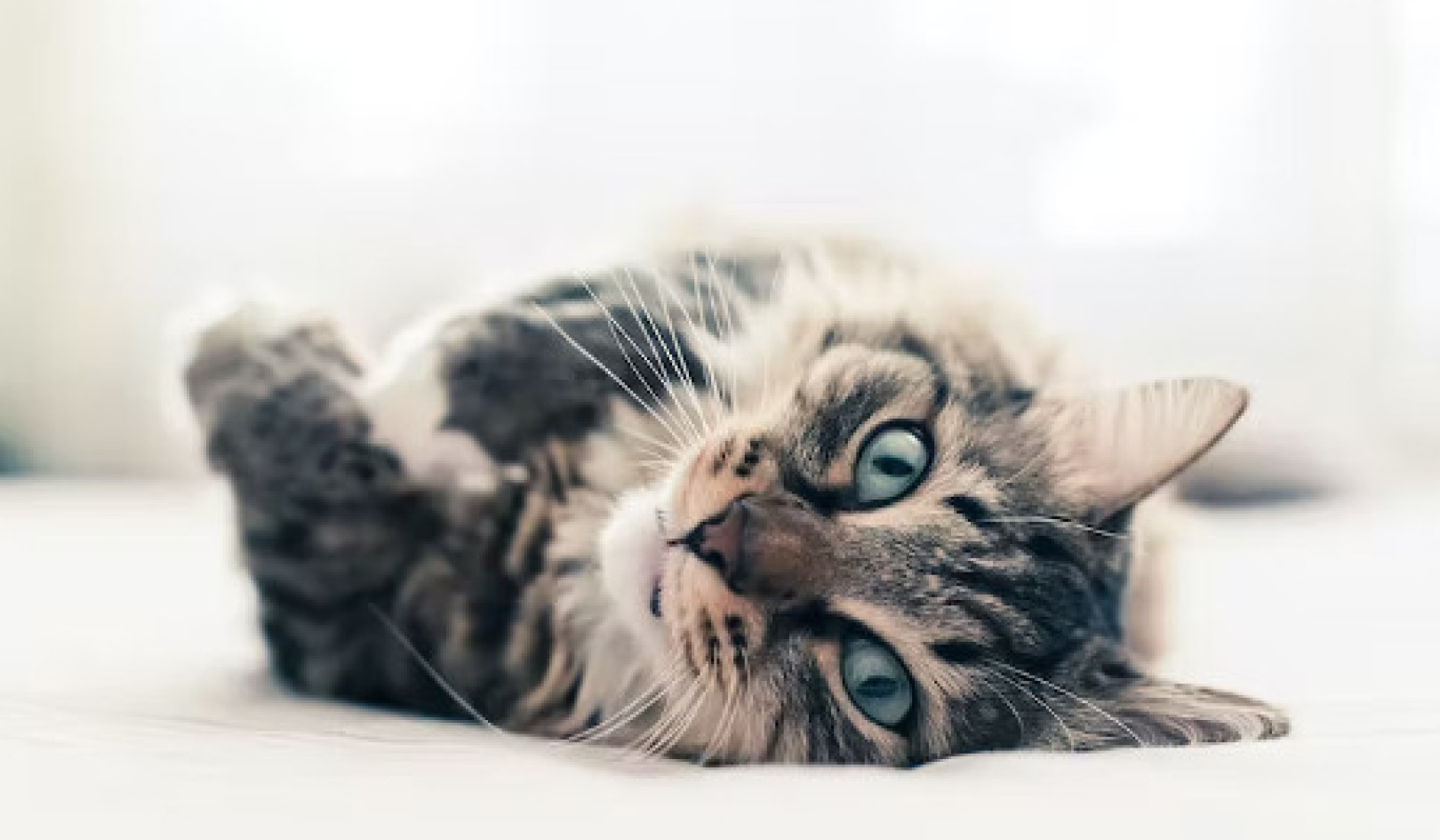
There’s no biological evidence to show that chocolate can affect your libido. Roxanne Cooke
There are many ways to a woman’s heart. But is a box of chocolates really one of them?
What makes chocolate romantic is entirely contextual. Valentine’s Day is traditionally the time for couples to profess their love for one another, usually by giving chocolate or flowers and sending greeting cards or, now, e-valentines. Chocolate Easter eggs hold no such allure.
But if it’s role in romance is just symbolism, why should chocolate take the cake?
One reason may be that cocoa products have historically been considered an exclusive item; the Aztecs thought it was their gods’ drink of choice. The scientific name of the cocoa tree, Theobroma cacao, actually comes from the Greek words theo (god) and broma (drink).
So, if you worship your lover and think her a goddess, isn’t chocolate a fitting tribute?
Cocoa products contain many biologically active components (including methylxanthines, biogenic amines, flavanols and cannabinoid-like fatty acids) that could, in theory, impact on human health. Some studies suggest regular chocolate intake is associated with a reduced risk of cardiovascular disease and mood disorders.
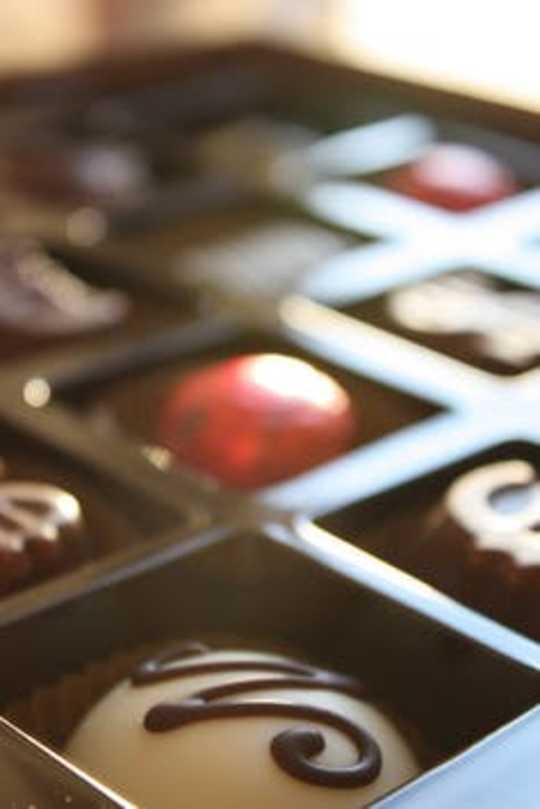
But in the lead-up to Valentine’s Day, what we really want to know is whether chocolate is an aphrodisiac.
It’s tempting to hypothesise that chocolate has a direct impact on female sexuality – it’s almost believable. Some studies have even suggested women who eat chocolate have bigger libidos than those who don’t. But this is not the same as cause and effect.
There’s no biological evidence to show that chocolate – or any other food or beverage – works as an aphrodisiac. A number of foods have been ascribed aphrodisiac qualities, and they tend to have a strong placebo effect. In other words, they get you thinking about sex, and this puts sex on your mind.
Many products have acquired aphrodisiac reputation simply because they were once exotic or unfamiliar foods. Before Hershey, globalisation and mass production, chocolate was the inaccessible luxury of the rich and famous. Who wouldn’t want a bite of that?
Another part of chocolate’s aura is sympathetic magic. This idea posits that if two things are alike, then it might be possible to garner the same effects from them. This is also known as the law of similarity and explains the fallacious appeal of rhino horn!
But sex and chocolate have much in common. Both cause blood vessels to dilate (known as vasodilatation) and accentuate flushing, especially as chocolate was traditionally a hot beverage.
Finally, when it comes to hedonistic appeal, the taste, texture, aroma and packaging of chocolate are hard to beat. The sensory qualities of creamy chocolate melting in your mouth may be far more stimulating to the brain than the same chocolate in your stomach.
In mammals, taste and odour are among the most important determinants of sexual attractiveness. The existence of an equivalent human pheromone remains to be established. But if there was one, it would probably smell and taste like chocolate on Valentine’s Day.![]()
About The Author
Merlin Thomas, Adjunct Professor of Preventive Medicine, Baker Heart and Diabetes Institute
This article is republished from The Conversation under a Creative Commons license. Read the original article.

Related Books:
Salt, Fat, Acid, Heat: Mastering the Elements of Good Cooking
by Samin Nosrat and Wendy MacNaughton
This book offers a comprehensive guide to cooking, focusing on the four elements of salt, fat, acid, and heat and offering insights and techniques for creating delicious and well-balanced meals.
Click for more info or to order
The Skinnytaste Cookbook: Light on Calories, Big on Flavor
by Gina Homolka
This cookbook offers a collection of healthy and delicious recipes, focusing on fresh ingredients and bold flavors.
Click for more info or to order
Food Fix: How to Save Our Health, Our Economy, Our Communities, and Our Planet--One Bite at a Time
by Dr. Mark Hyman
This book explores the links between food, health, and the environment, offering insights and strategies for creating a healthier and more sustainable food system.
Click for more info or to order
The Barefoot Contessa Cookbook: Secrets from the East Hampton Specialty Food Store for Simple Entertaining
by Ina Garten
This cookbook offers a collection of classic and elegant recipes from the beloved Barefoot Contessa, focusing on fresh ingredients and simple preparation.
Click for more info or to order
How to Cook Everything: The Basics
by Mark Bittman
This cookbook offers a comprehensive guide to cooking basics, covering everything from knife skills to basic techniques and offering a collection of simple and delicious recipes.



















